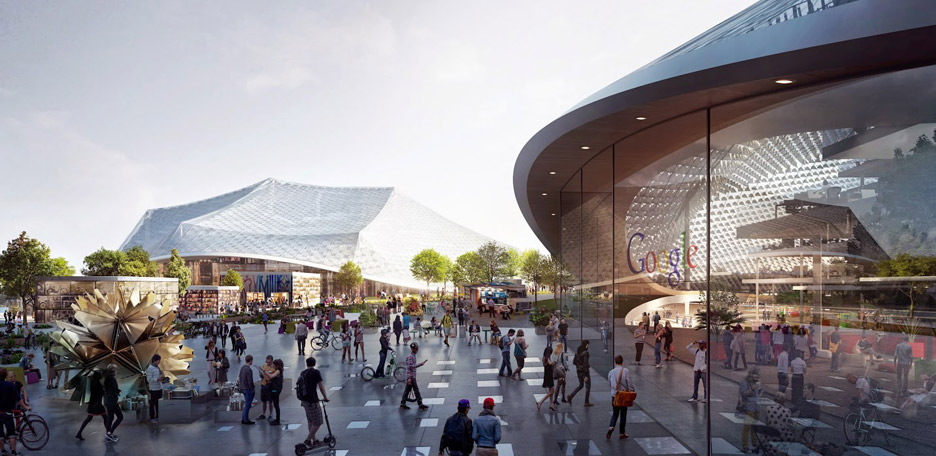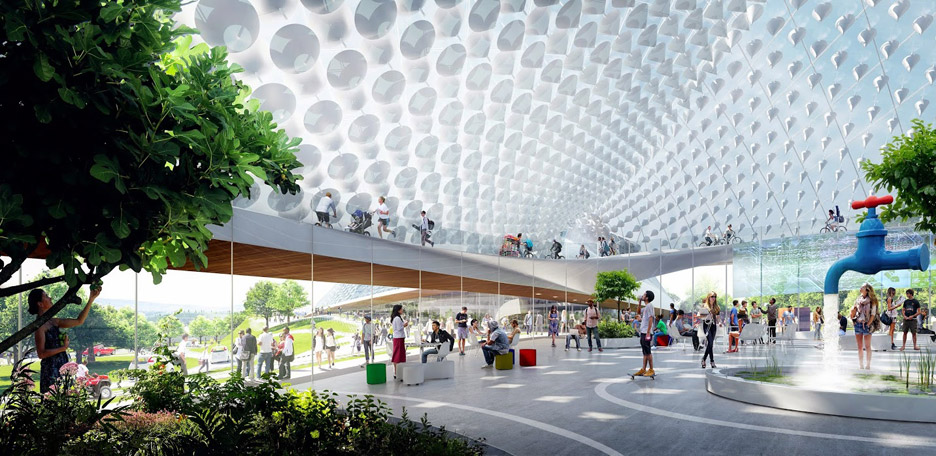Robots will transform the building industry in 50 years says BIG's Kai-Uwe Bergmann
World Architecture Festival 2015: the architecture industry is at the start of a "maker revolution" that could see robots transform construction, according to BIG partner Kai-Uwe Bergmann.
Speaking at the World Architecture Festival in Singapore last week, Bergmann told Dezeen he is "extremely excited about how robotics can influence the future".
"I think we're going to see a lot of movement in the building industry," said the New York-based architect, comparing the speed of innovation in robotics to changes in construction over the past 50 years.
"In Switzerland they're looking at how, instead of masons, you would have robots that would place the mortar and the stone in the right places and you would take a little bit of the danger element out of doing some of this work," he said.
The Bjarke Ingels-led BIG is working with robotics for the first time as part of its collaboration with Thomas Heatherwick on Google's new campus in Mountain View, California.

The firm recently took 120 of its staff to Switzerland to look at the work of architects like Gramazio & Kohler, who have been experimenting with robot construction since the mid-2000s. In 2008 they used robots to build a pavilion at the Venice Bienniale and in 2012 they unveiled a system using drones to construct walls from polystyrene blocks.
At this year's Chicago Architecture Biennial they presented a robot that built a structure from rocks and string.
"The Gramazio Kohler piece with the string and the gravel was just nutty," said Bergmann. "I think that kind of testing of technology is extremely important and we need to have more of that."
At the Google Campus, BIG is experimenting with not only using robots for construction, but to adapt the spaces after they've been built.
"Crabots are a hybrid of cranes and robots that would be able to move pre-fabricated spaces around," explained the New York-based architect.
"For Google, it means we can create a flexible office with workspaces for 20 people, four people or for individuals. We can actually create quiet spaces, as well as loud spaces, because Google staff and engineers work in such different ways."
Bergmann claims the use of digitally controlled fabrication will bring more variety to workplace design, as these kinds of systems can be adapted to suit different conditions – as opposed to the standardisation typical of most office architecture.

"It's interesting to see how the maker revolution is really bringing fabrication and manufacturing back into workspaces," he said.
"This time around it seems as if the industrialisation of manufacturing is almost theatrical. Here it is about creating individualised, personalised spaces units, one-offs, at the same or very nearly at the same price as mass production."
Bergmann compared the project with another innovation presented at the festival – prototypes for 3D-printed steel construction joints that could create more efficient architecture.
"Consider the cost savings and space savings of individualising those attachments, whereas before you would over engineer it for the worst case scenario," he said. "Now you're literally designing for every case individually. I think construction is just becoming more intelligent."
Bergmann isn't the only architect to have spoken out in favour of robotic fabrication – Coop Himmelb(l)au founder Wolf D Prix recently told Dezeen that combining robotic fabrication with 3D printing offers "amazing" opportunities for architecture and could help solve the global refugee crisis.